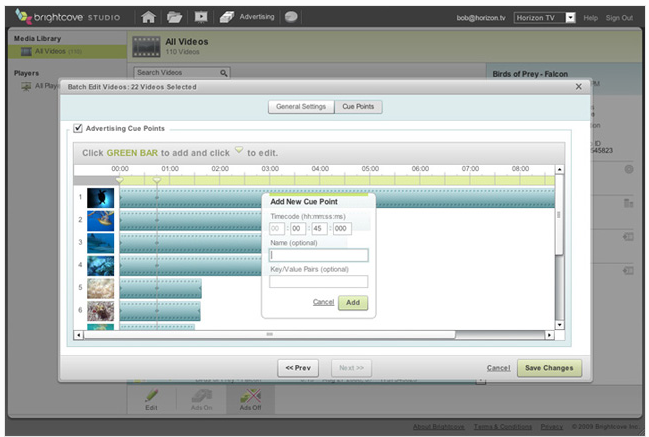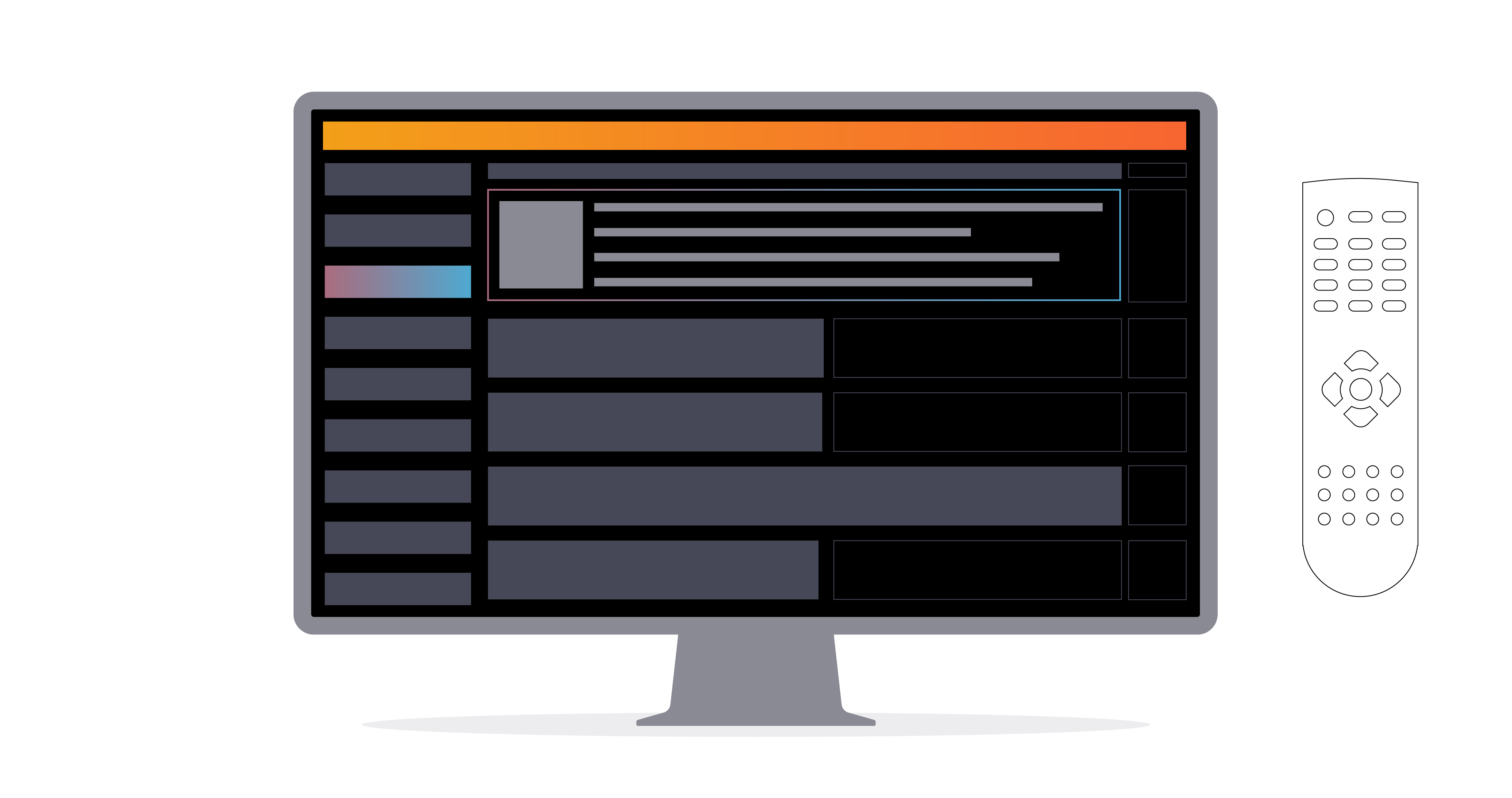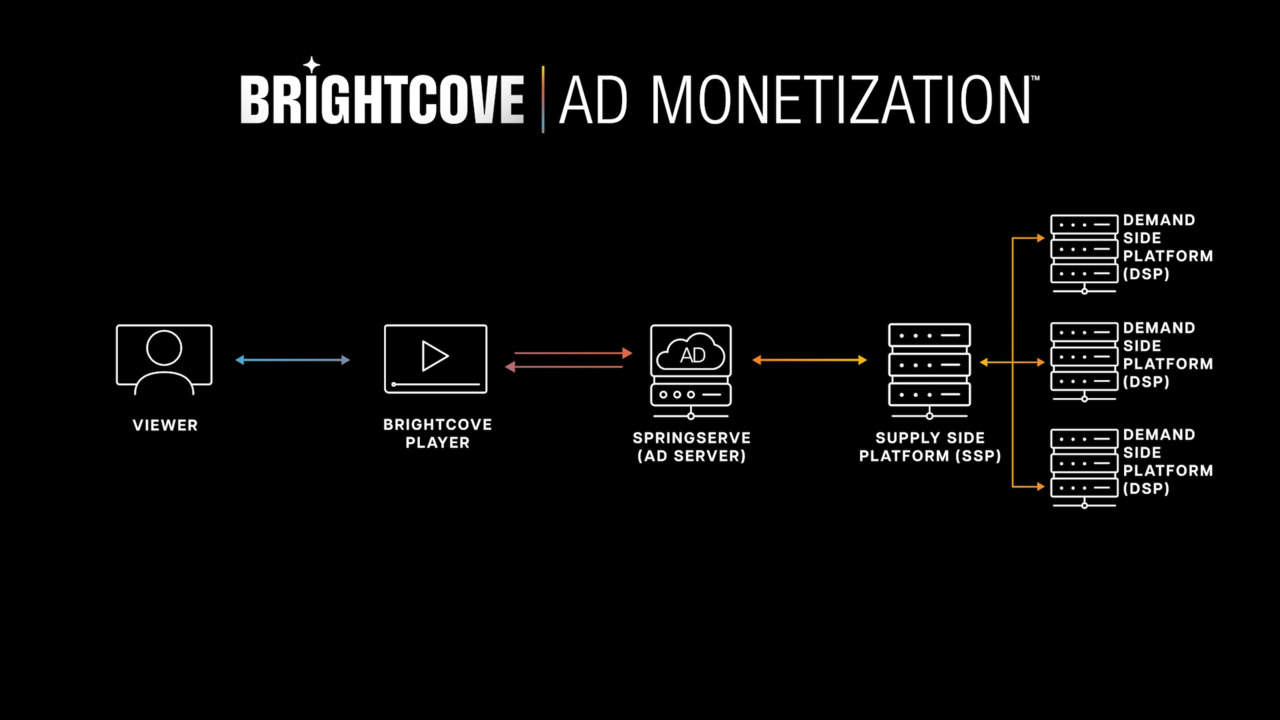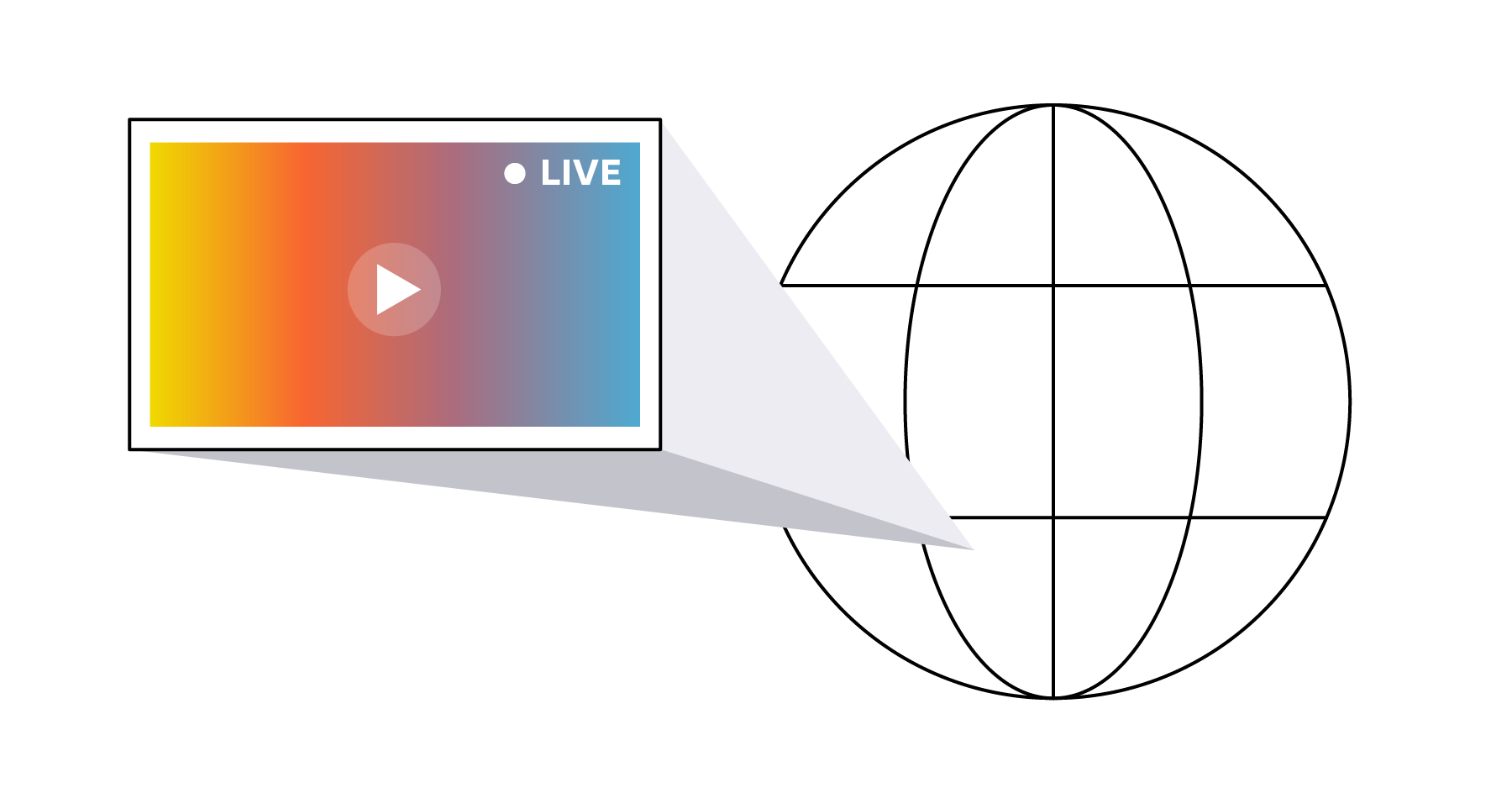Monetizing Live Video
Media

Streaming live video is rapidly becoming an important media strategy component for any organization that relies on video to make money. While on-demand video typically still represents the lion's share of content and resulting revenue, media companies see numerous benefits to live video as well. For example, broadcasting live events online not only generates excitement for a show or property that can bring in additional audience, advertisers, and revenue, but publishers often see a "halo" effect to their on-demand content, as viewers of the live event end up perusing the on-demand catalog as well.
To the surprise of many video distributors, though, the process of monetizing live video is usually different from--and sometimes more difficult than--what they're accustomed to for on-demand video. There are a few dimensions to consider:
Live Video Type
Broadly speaking, live video delivery can be categorized into two buckets: events and 24x7. Twenty-four hour channels (often referred to as "live linear") are most frequently seen from international publishers who don't have local TV or cable carriage deals, but still want to be able to reach a certain audience.
Delivering advertising into a 24x7 channel is a bigger challenge than with typical on-demand video. With on-demand video, you know exactly where all the ad breaks are and can pre-program ad insertion points accordingly. When the viewer gets to that point in the video, an ad request is made and a video ad delivered. With 24x7, the content is streaming live, so there are no predetermined ad breaks. Rather, the video player must listen for cue tones in the content (following the SCTE-35 standard) and make an appropriate ad request.
Event-based live video has a similar issue: there are no predetermined ad breaks. Sporting events are the classic example, when there is a time out in basketball or change of sides in baseball it's time for a commercial break. In those cases, a system is needed to indicate in real-time that an ad break is required. Some providers refer to this as "the big red button" -- meaning, when it's time for an ad, a human presses a button that inserts a cue point into the video stream. That cue point causes an ad request to be made and a video ad returned.
Where Live Video is Watched
Another dimension to consider is what type of device the live video is being consumed on: desktop, mobile, connected TV, etc. The consumption device implies certain technologies, which in turn has tremendous impact over how the ad can be delivered. On the desktop Web, Flash is still the dominant format for watching video, and most of the complexities around advertising have been solved. Pre-, mid-, and post-roll videos can all be requested and rendered, companion ads can usually run if necessary and all of the proper tracking beacons can be fired.
However, on many mobile devices--most notably Apple iOS devices--HTTP Live Streaming (aka HLS) is the streaming protocol used. But HLS doesn't allow for changing the stream to insert an ad quite as easily as Flash does. In order to deliver mid-roll advertising into an HLS stream, the native player on the iOS device needs to be "tricked" into seeing multiple streams (ad / content / ad / content / etc.) as a single stream.
What Ad is Delivered
Finally, once you're able to actually deliver the ad, you need to make sure you're returning the right ad. If I'm in Chicago watching a Boston-based sporting event online, for example, it probably wouldn't make sense to give me an ad for a car dealer in San Francisco. Fortunately, the same systems that can insert the ad can help with the decisioning as well, so you can get ads appropriate for a geography (if I'm on a mobile device), the demo (gender, age, etc.), and even the device.
Solving for any one of these issues can be complicated; combining them can make your head spin. How do I run an ad-supported live event online that delivers a positive experience for viewers on every device all over the world, that has appeal to national and local advertisers, and--most importantly--that I can make money on?
Because Brightcove Video Cloud is built upon a suite of robust APIs, we're able to work with specialized vendors that have built integrations to help solve many of these problems, ultimately allowing publishers to effectively monetize live events and live linear content on the Web, mobile, tablets, and connected TVs.


